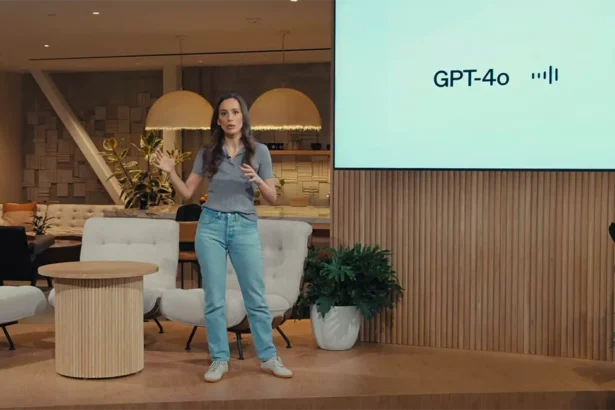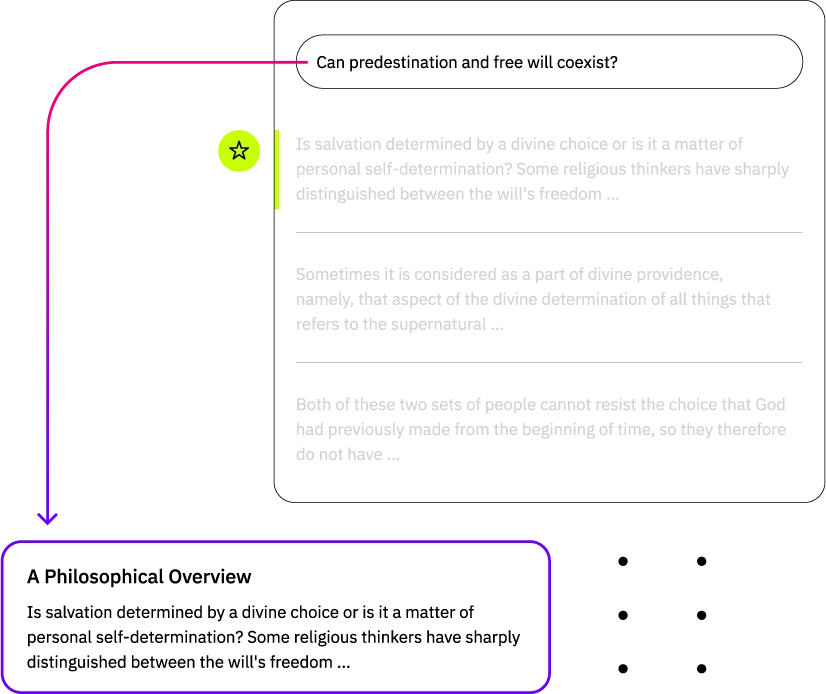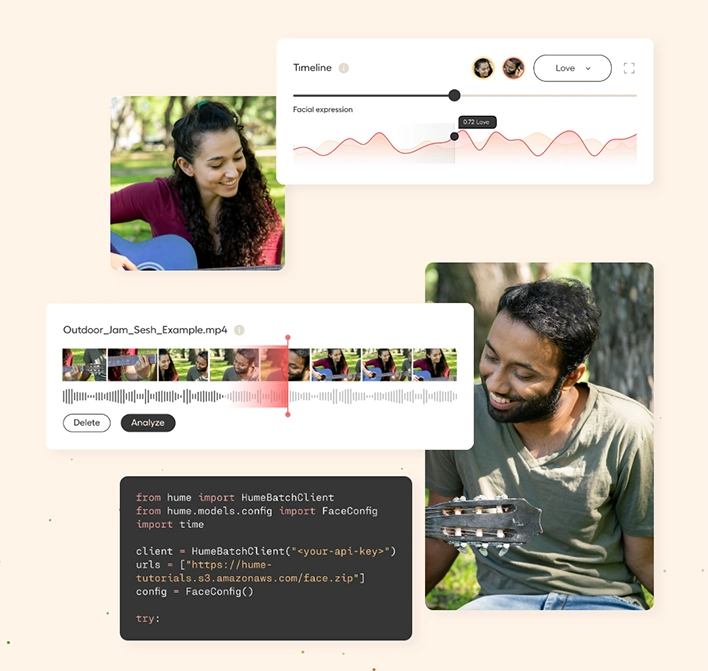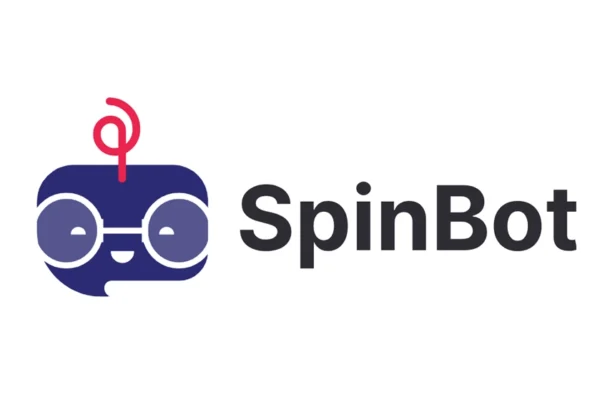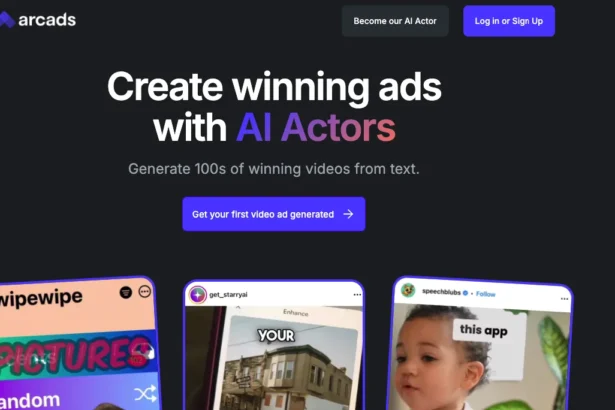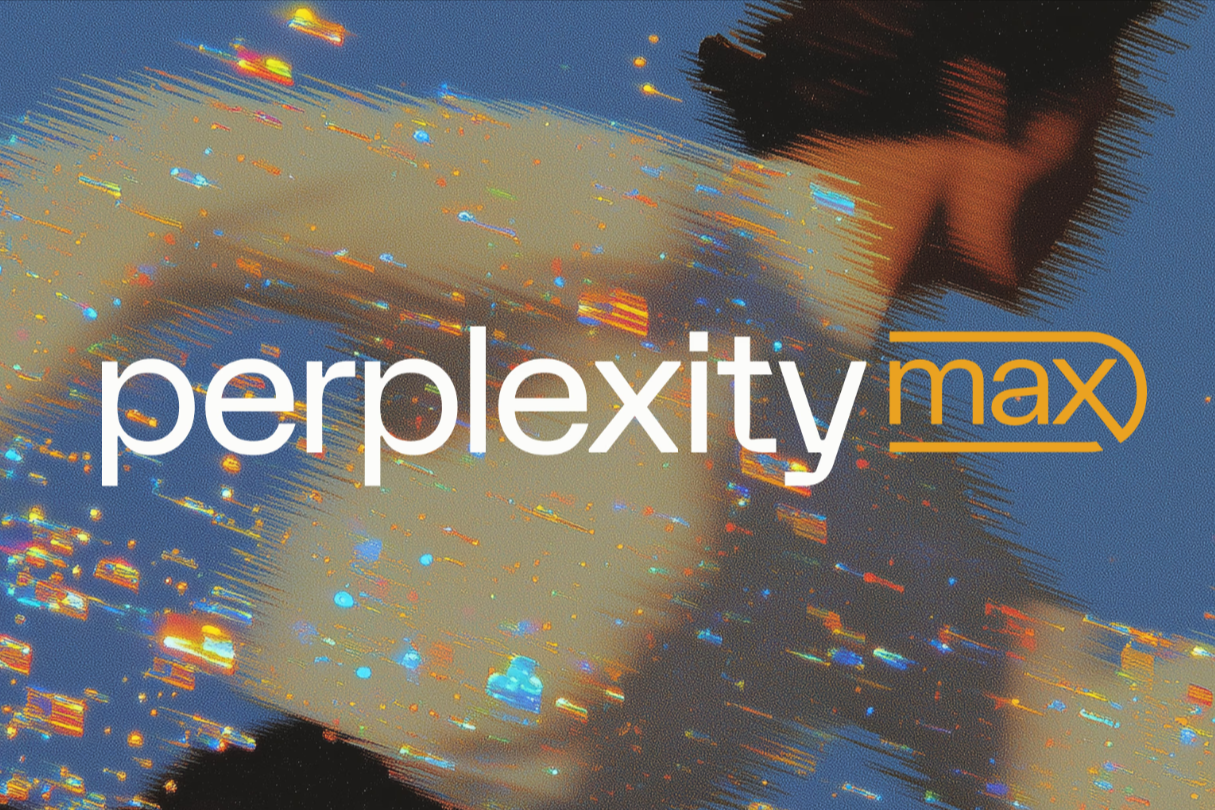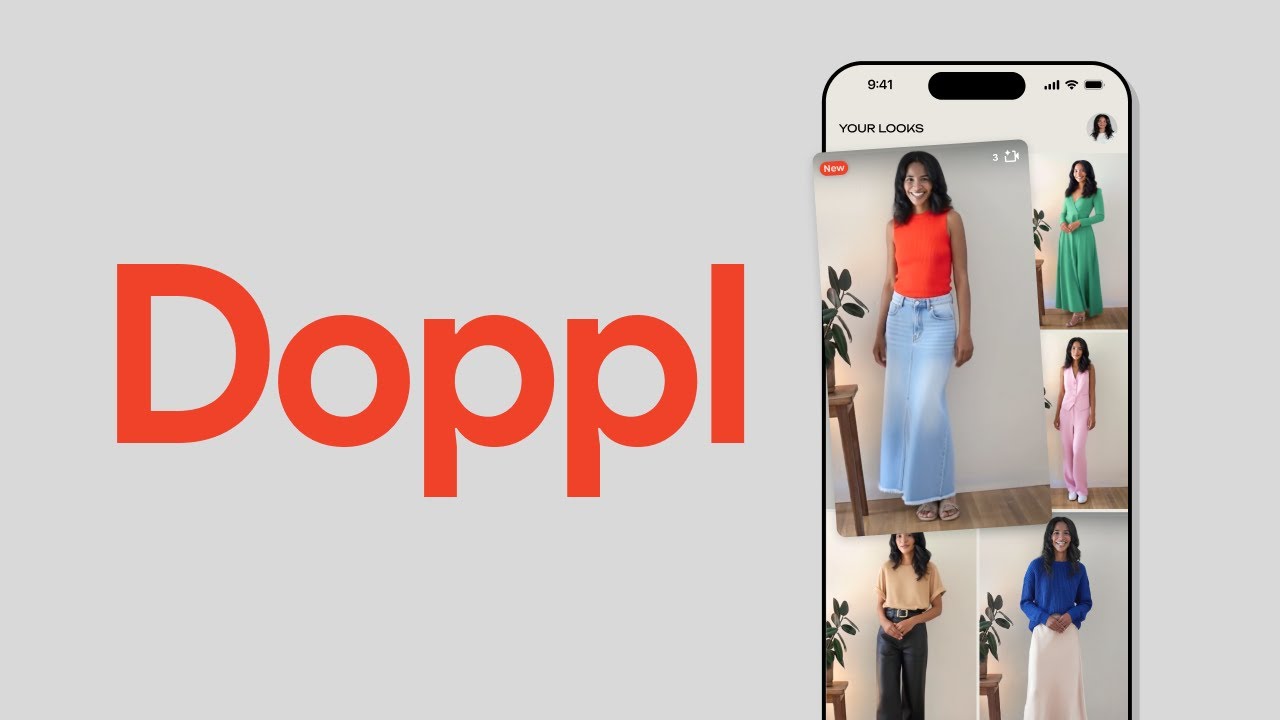Search
10X Your Productivity with AI: Contact PWRaiTools
Transform your business with AI. PWRaiTools, led by Mendy Berrebi, guides enterprises in integrating AI to skyrocket productivity. No coding needed. Ready for a revolution? Contact us.
Top Stories
Have an existing account?
Sign In
Copyright 2023 © pwraitools. All Rights Reserved.
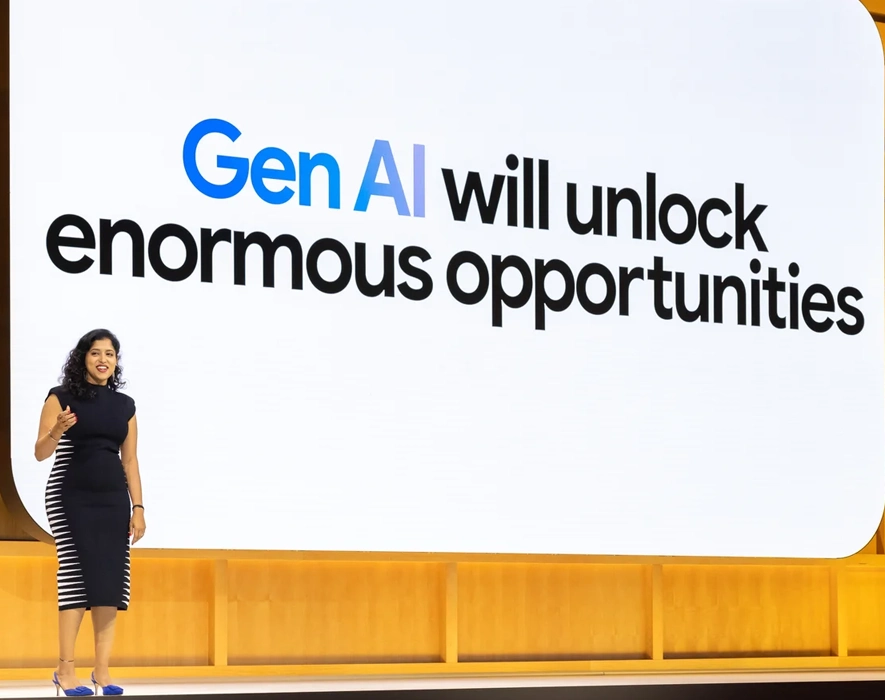
Boostez la créativité et les performances publicitaires avec l'IA de Google 2024
Découvrez les 10 fonctionnalités IA les plus innovantes de Google Marketing Live 2024. Élevez vos campagnes publicitaires grâce à des outils innovants pour la créativité, les performances et les pratiques éthiques en matière d'IA.
Boostez votre succès en e-commerce : Améliorez l’engagement avec les photos, vidéos et publicités générées par CreatorKit AI
Dans le domaine du e-commerce, les visuels et les vidéos sont aussi cruciaux que les descriptions de produits. Un visuel…
Déverrouiller le potentiel de l’IA : Comment la plateforme RAGaaS de Vectara transforme le développement d’applications
Découvrez comment Vectara redéfinit l'avenir de l'IA avec sa plateforme innovante, conçue pour simplifier les…
ScreenAI dévoilé : Transformez l’accessibilité des interfaces utilisateur et la compréhension des données
Plongez dans l'univers de ScreenAI, où la fusion de l'IA et des interfaces numériques ouvre…
L’IA empathique : explorer la reconnaissance vocale émotionnelle de Hume AI
Plongez dans le futur de l’IA avec Hume AI, où la technologie rencontre l’émotion. Découvrez comment l’intelligence émotionnelle révolutionne les interactions, rendant l’IA plus humaine que jamais. Rejoignez-nous dans un…
Perplexity Max: Perplexity Launches Premium $200 AI Plan for Professionals
Perplexity Max is here: a $200/month AI plan built for professionals. With multi-model access, memory, and Labs integration, it challenges…
Audos: AI‑Powered Startup Studio Aims to Launch 100,000 Generative AI Companies Annually
Audos is flipping the script on entrepreneurship—enabling anyone to launch an AI-powered startup with zero coding, $25K in funding, and…
Google Doppl : l’app révolutionnaire pour un Try On virtuel personnalisé depuis Google Shopping
Découvrez Google Doppl, l’app IA qui révolutionne le try-on via Google Shopping : importez n’importe quelle tenue, visualisez-la sur votre avatar…
Google’s Doppl App Brings AI-Powered Virtual Try-On to Google Shopping
Discover how Google's new Doppl app brings AI-powered virtual try-ons to Google Shopping: upload any outfit image, see it on your…

